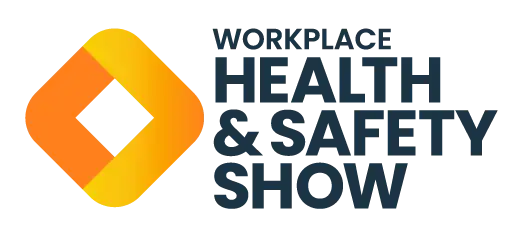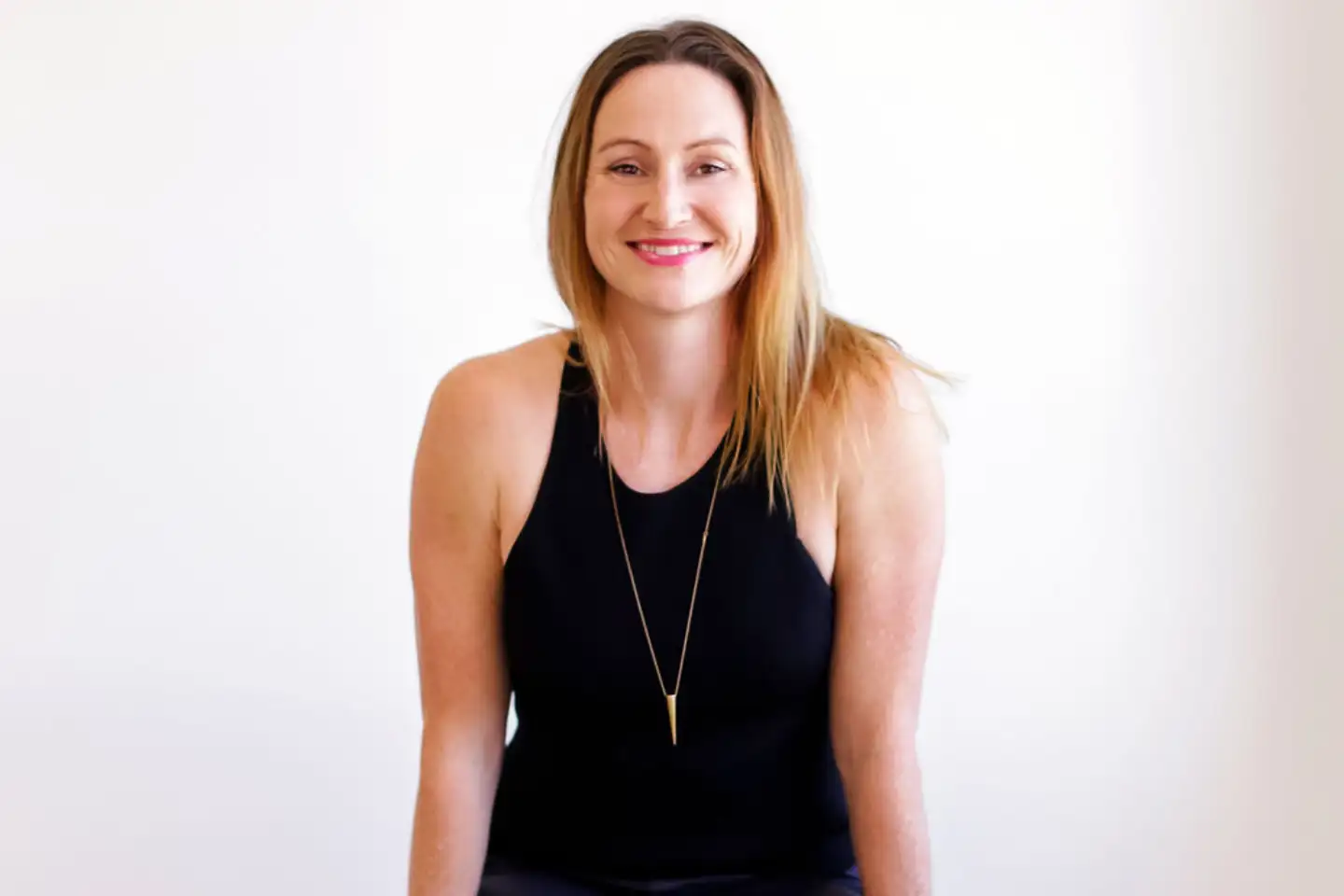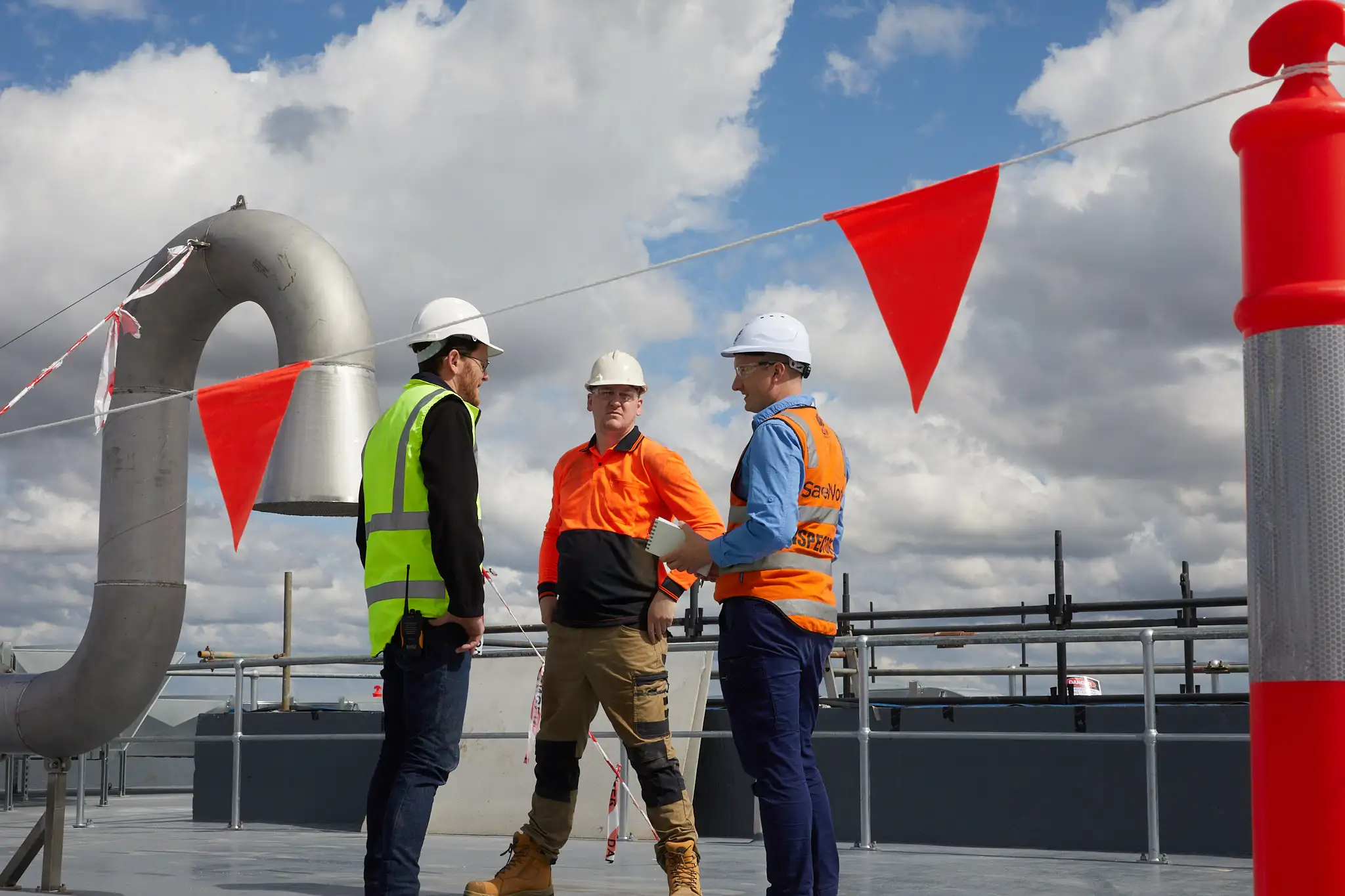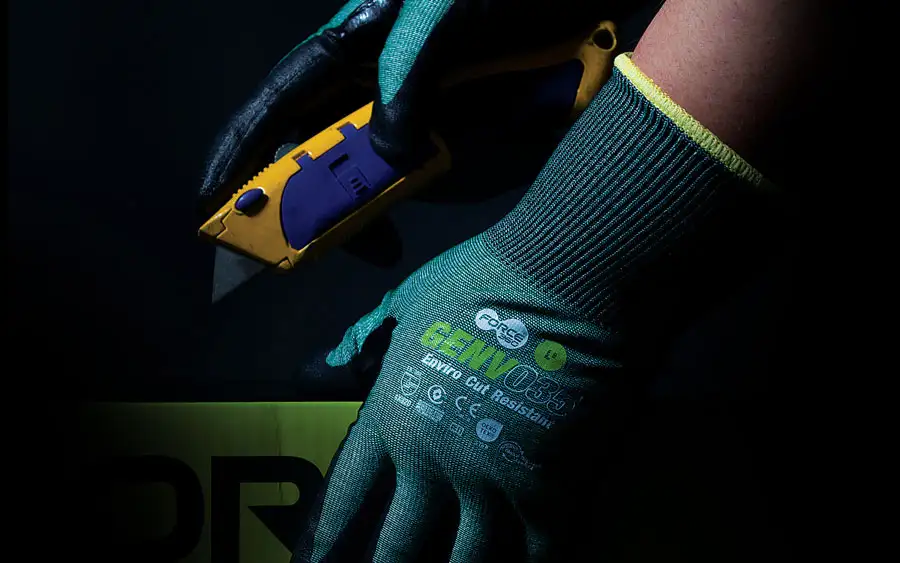When you think about workplace safety, lighting probably isn’t the first thing that comes to mind. But it should be.
Whether you’re working on a construction site, in a warehouse, or behind a desk, poor lighting can lead to mistakes, fatigue—and in worst cases—accidents.
At this year’s WHS Show in Sydney, we’re putting lighting in the spotlight (pun intended), and here’s why it deserves a place on every workplace safety checklist.
Why Lighting Deserves a Second Look
Lighting isn’t just about flicking on a switch—it’s about creating the right environment for people to see, move, and work safely.
When lighting is done right:
- Hazards are easier to spot.
- People can focus better.
- There’s less eye strain and fatigue.
- Work gets done more efficiently and safely.
It’s one of those things you don’t really notice when it’s working well—but when it’s not, the effects show up fast.
The Bright Side of Good Lighting
Here’s what happens when your lighting setup is on point:
Fewer slips and trips – Clear lighting in hallways, stairs, and work areas helps prevent accidents. Better concentration – Workers can focus longer, especially on detailed or precision-based tasks. Less eye strain – No one wants to squint through an 8-hour shift. Proper lighting helps reduce headaches and fatigue. Increased alertness – Bright, balanced lighting keeps people mentally sharp and aware of their surroundings.
The Dark Side of Poor Lighting
On the flip side, bad lighting doesn’t just make things look dull—it creates real risks.
More mistakes – Dim or uneven lighting makes it harder to see clearly, which can lead to errors or missed hazards. Physical strain – Ever leaned awkwardly just to catch some light? Over time, that can cause neck and back issues. Mood dips – Gloomy lighting can affect mental wellbeing, leading to low energy, stress, or disengagement. Increased risk of accidents – Especially in darker areas like loading docks, stairwells, or around machinery.
And if your workplace runs night shifts or early mornings? Poor lighting can be even more dangerous.
Lighting Should Work for Everyone
Good lighting isn’t one-size-fits-all.
The best approach? Talk to your team. Different roles (and people!) have different needs. For example, someone with photosensitivity might need softer lighting, while someone on a production line may need strong, focused light.
Things to consider:
- Brightness levels
- Light placement (avoid glare or shadows)
- Colour temperature (cool vs warm lighting)
- Regular reviews—because seasons, layouts, and tasks change
So, What Can You Do?
Whether you’re a business owner or an employee, improving lighting doesn’t have to be complicated.
Observe – Are there areas in your workplace where people are squinting, leaning, or struggling to see clearly? Ask – Check in with your team—what’s working, and what isn’t? Act – Small changes (like repositioning lights or upgrading bulbs) can make a big difference. Review regularly – What works in winter might not work in summer, and your lighting setup should adjust with your environment.
Need Help with WHS? We’ve Got Your Back.
Lighting is just one part of a safer, smarter workplace. At Peninsula Australia, we support businesses across the country with everything from WHS policies and risk assessments to 24/7 advice when issues pop up.Whether you’re fixing one lighting issue or building a full safety program, we’re here to help you protect your people—and your business.
Let’s make sure your workplace safety isn’t left in the dark.




